100 11th-century artifacts depicting dragons in royal court, architecture, and beliefs are on display at the Ho Chi Minh City Museum of History, District 1.

The exhibition, themed "Long Van Khanh Hoi - The image of the dragon in Vietnamese culture", introduces 100 antiques from the Ly Dynasty to the early 20th century, collected by the Ho Chi Minh City Museum of History and a number of private collectors. The exhibition is presented in four main contents: dragons in the royal court, daily life, religious beliefs and architecture.
The highlight is the area displaying dragon statues in the royal palace, mainly items associated with the Nguyen Dynasty (1802-1945) such as royal robes, royal decrees, seals, and golden books and jade edicts.


Two sets of costumes of Nguyen Dynasty kings, crafted in the 19th century, are artifacts of the Ho Chi Minh City Museum of History inherited from the collection of the Vietnam National Museum in Saigon before 1975.
According to the Nguyen Dynasty's regulations, the king's clothing had many different types and was only worn on specific occasions: The robe worn during grand court meetings and on New Year's Eve was called long bao, the robe worn during regular court meetings was called hoang bao and the robe worn during ceremonies was called long co. The decorations were all five-clawed dragons, symbolizing the absolute power of the emperor.

The ivory seal "Hoang De Ton Than Chi Bao" was crafted in the late 19th century. The seal handle is a sitting dragon with its head reaching forward, symbolizing the power of the Nguyen Dynasty.
According to the book "Kham dinh Dai Nam hoi dien su le" , seals were used for public and political activities of the Nguyen Dynasty such as celebrations, granting of grace, pardoning, inspecting localities, and issuing royal decrees to foreign countries. During its 143 years of existence, the Nguyen Dynasty had more than 100 seals crafted from precious materials such as gold, silver, jade, ivory, and even meteorites.

The "Khanh Ninh Palace Treasure" seal was made during the reign of Minh Mang (reigning from 1820 to 1841) - the second emperor of the Nguyen Dynasty. The seal is made of ivory, the knob is in the shape of three mountains, the seal face is round, the outer edge is engraved with the "two dragons fighting for a pearl" motif, the seal face is engraved with four Chinese characters in seal script "Khanh Ninh Palace Treasure".
Khanh Ninh Palace is the name of a building that once existed in the capital city of Hue . This place served as a temporary residence for the king when he went to practice plowing in preparation for the annual Tich Dien ceremony.

An ivory pen holder, from the Minh Mang period, decorated with an elaborately crafted dragon image.

The metal book, crafted in 1869, has a dragon engraved inside. The artifact dates back to the reign of King Tu Duc (reigned 1847-1883), the fourth emperor of the Nguyen Dynasty.
Metal books are documents usually made of gold, silver, gold-plated silver, or copper used to record important events such as giving posthumous titles to emperors and empresses, establishing crown princes, honoring concubines in the harem, or granting titles to princes.

The Nguyen Dynasty gold-plated silver bowl is decorated with an elaborate dragon image on the outside. The owner, Nghiem Giang Anh, said the artifact was purchased more than 5 years ago from a foreign collector.
"Although the exact date is unknown, through the decorative dragon image and the manufacturing materials, we can guess that this is a royal item," said Mr. Giang Anh.


The image of dragons in architecture is expressed through terracotta artifacts such as building bricks and decorative reliefs on the roofs of palaces from the Ly, Tran and Le dynasties. Among them, two terracotta dragon artifacts from the Ly dynasty (1009-1225) decorated on decorative pieces and bricks are the oldest in the exhibition.
The dragons of the Ly Dynasty often raised their heads, their mouths were wide open, their bodies were long, and they had four legs, each with three toes in the front and no hind toes. The biggest difference was that the dragons of the Ly Dynasty had round bodies, smooth skin, and no scales. In addition, the dragon's whiskers and crests curled together, creating an image resembling a Bodhi leaf, consistent with the golden age of Buddhism at that time.

Terracotta dragon heads from the Tran Dynasty (1225-1400) were used to decorate the palaces in the Imperial Citadel of Thang Long. Dragon heads were often made of ceramic or terracotta, creating a majestic and artistic look for the architectural work from afar.
The dragon head of the Tran Dynasty was crafted meticulously and delicately with soft, graceful curves. The dragon still stretched upwards but did not bend as much as in the Ly Dynasty. However, the fangs were short, the horns protruded, and there was a pearl in its mouth. In general, the image of the dragon of the Tran Dynasty was plump and strong with more decisive and powerful movements than the Ly Dynasty.


Terracotta bricks made in the 16th century, during the Le Trung Hung period (1533-1789) are on display.
During the Le Dynasty, the image of the dragon changed completely, it was no longer necessarily a long, curvy animal, but in many postures. The dragon's face looked more ferocious, with thick eyebrows and beard, a large, strong body combined with clouds and fire, showing the power and authority of the emperor with the 5-clawed dragon reserved for the emperor.

The exhibition also introduces to the public the image of the dragon in religious beliefs and daily life through artifacts such as incense burners, scrolls, bells, thrones, bowls, plates, and vases.

The bronze bell was crafted in 1800 during the reign of King Canh Thinh (1792-1802) - the last emperor of the Tay Son Dynasty. The highlight is the bell handle, which is stylized in the shape of a dragon.

The exhibition will last until March 31, 2024, with admission fees of VND 30,000 per visitor.
Vnexpress.net
Source link


![[Photo] The road connecting Dong Nai with Ho Chi Minh City is still unfinished after 5 years of construction.](https://vphoto.vietnam.vn/thumb/1200x675/vietnam/resource/IMAGE/2025/11/04/1762241675985_ndo_br_dji-20251104104418-0635-d-resize-1295-jpg.webp)

![[Photo] Ho Chi Minh City Youth Take Action for a Cleaner Environment](https://vphoto.vietnam.vn/thumb/1200x675/vietnam/resource/IMAGE/2025/11/04/1762233574890_550816358-1108586934787014-6430522970717297480-n-1-jpg.webp)
![[Photo] Panorama of the Patriotic Emulation Congress of Nhan Dan Newspaper for the period 2025-2030](https://vphoto.vietnam.vn/thumb/1200x675/vietnam/resource/IMAGE/2025/11/04/1762252775462_ndo_br_dhthiduayeuncbaond-6125-jpg.webp)
![[Photo] Ca Mau "struggling" to cope with the highest tide of the year, forecast to exceed alert level 3](https://vphoto.vietnam.vn/thumb/1200x675/vietnam/resource/IMAGE/2025/11/04/1762235371445_ndo_br_trieu-cuong-2-6486-jpg.webp)
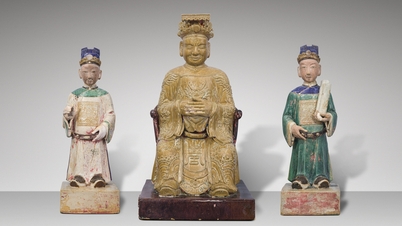



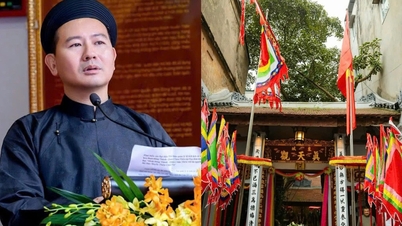
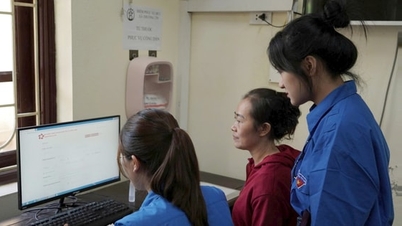

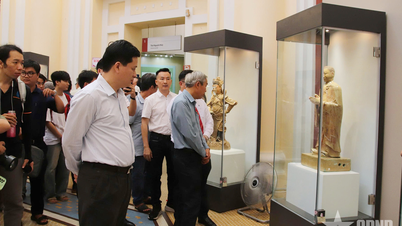

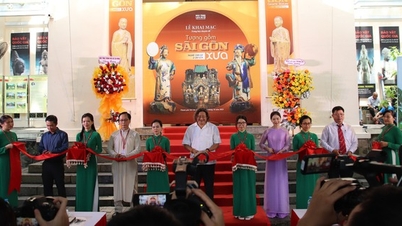




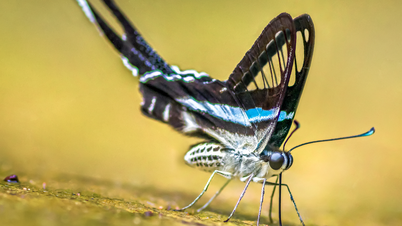







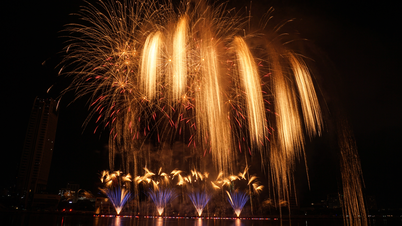
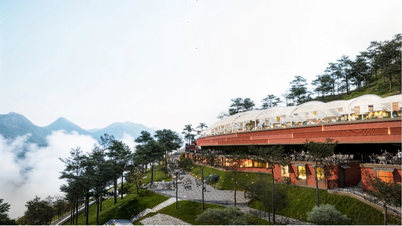




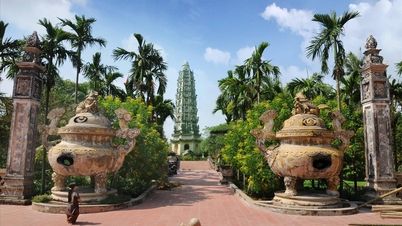



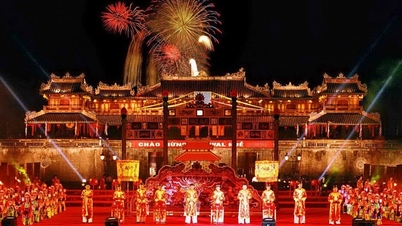



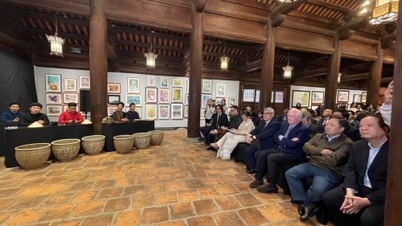


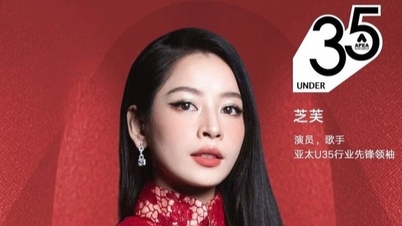

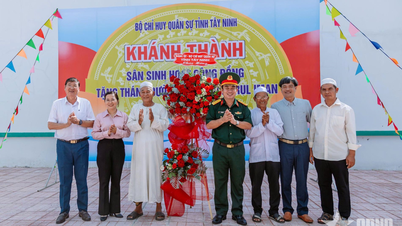
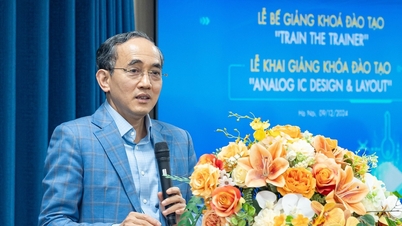





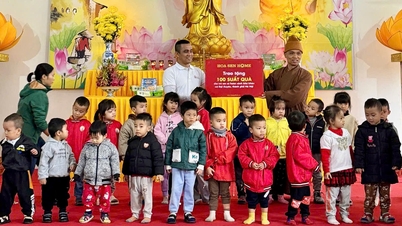

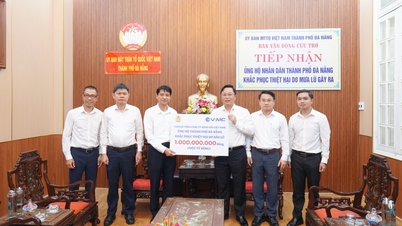


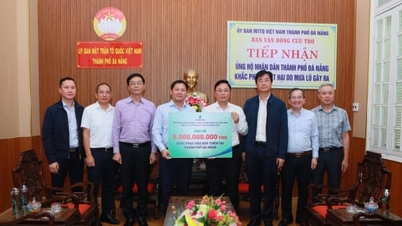






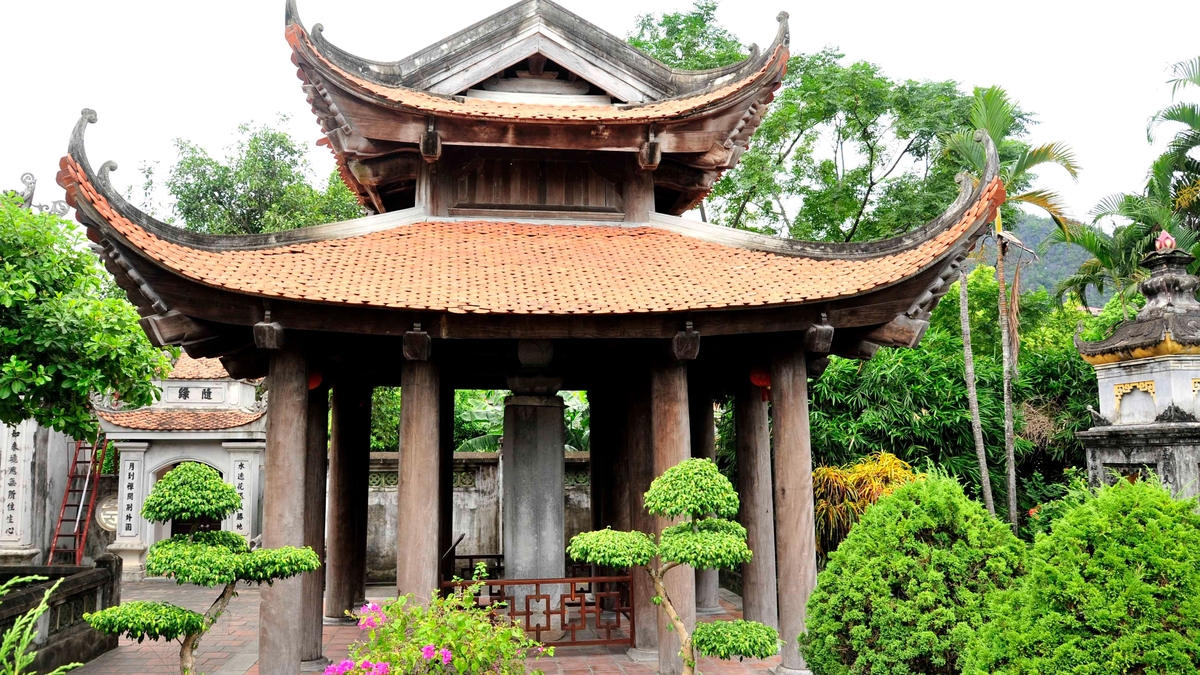



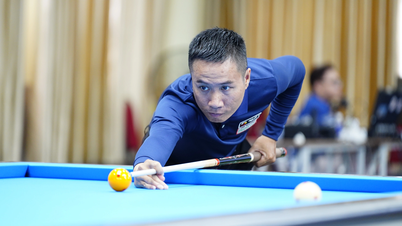

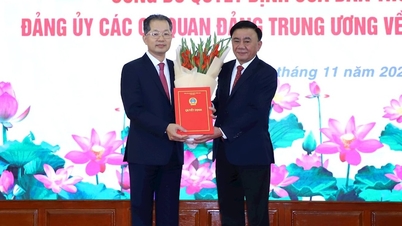



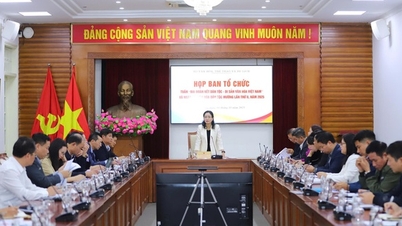










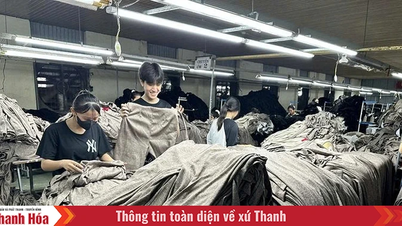

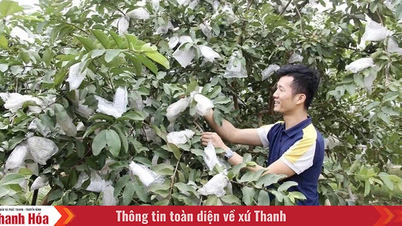






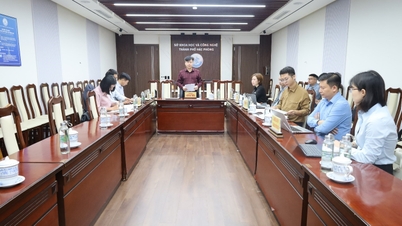

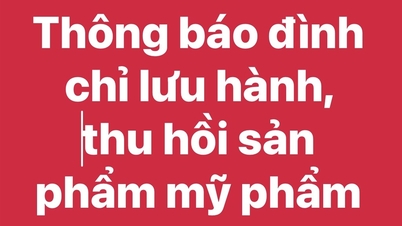


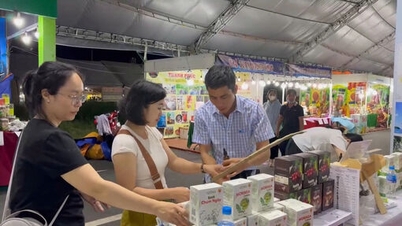






Comment (0)